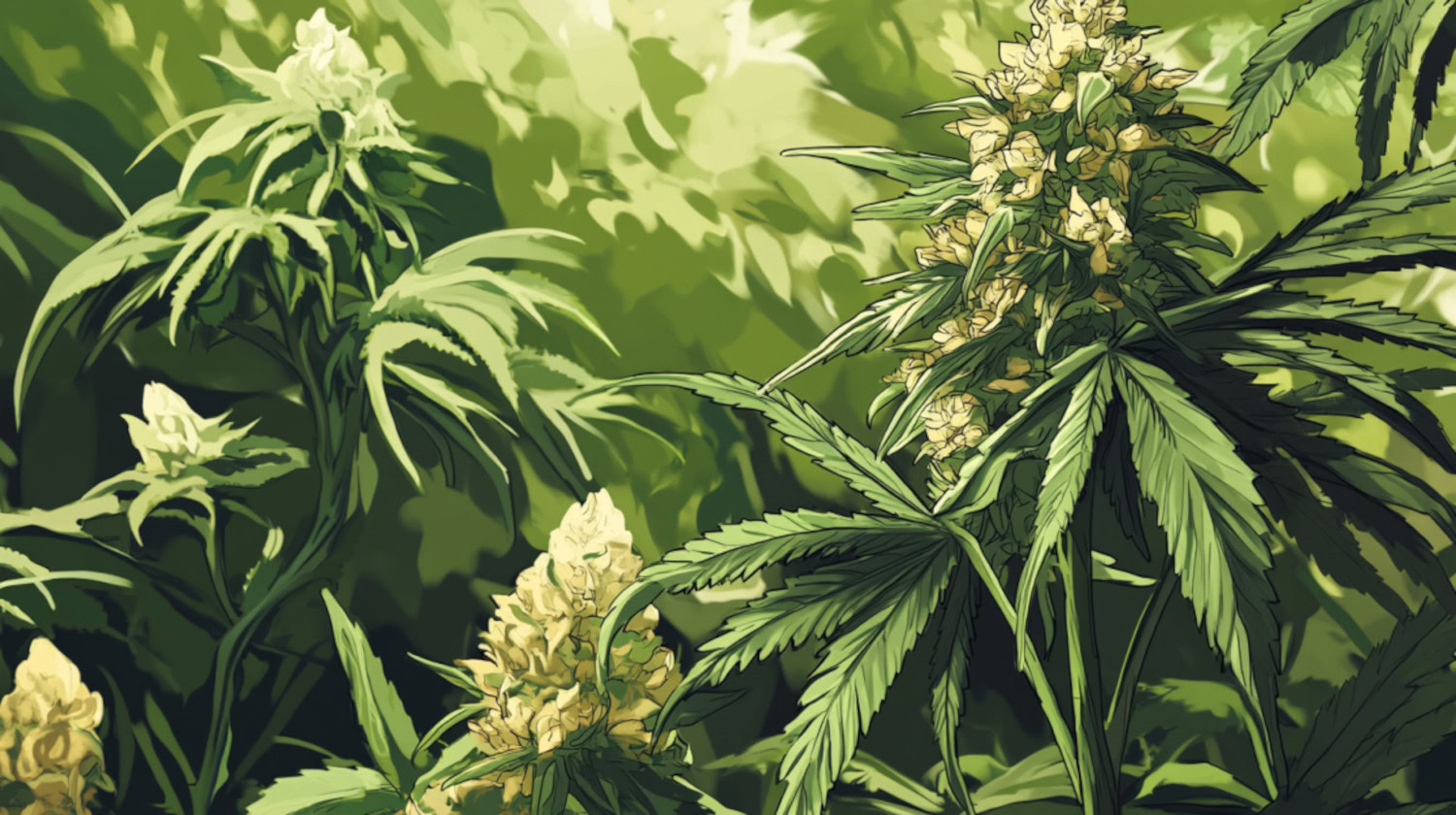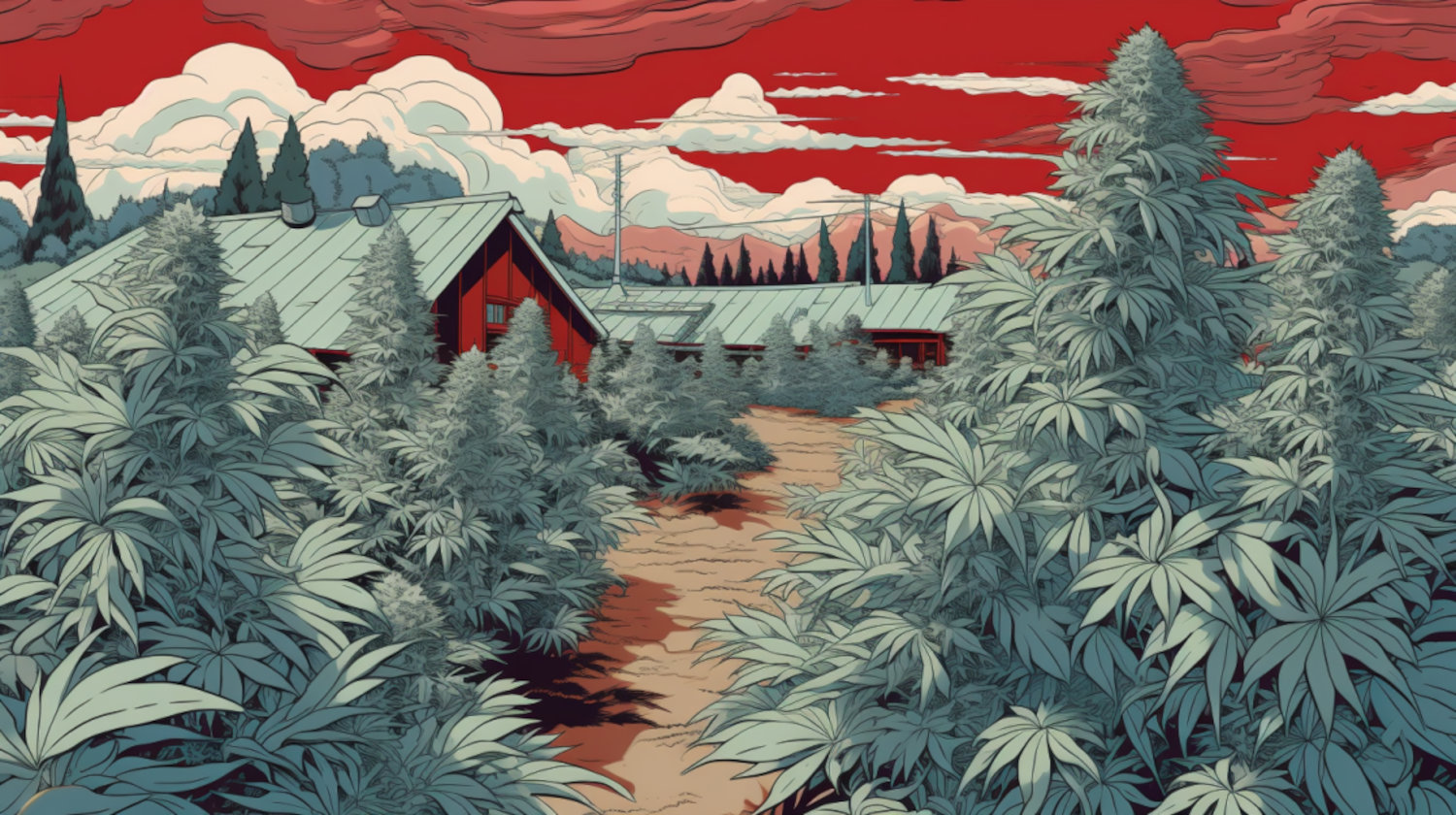In This Article
- What is Craft Cannabis?
- Rare Breed Craft Cannabis
- Who Are Some of the Top Craft Cannabis Brands and Producers Today?
- California Cannabis Awards
- Cup Competitions
- Advantages of Craft Cannabis
- Enhanced Experience
- Quality Control
- Supports Local and Independent Growers
- Disadvantages of Craft Cannabis
- Is Craft Cannabis Worth It?
- Buying Tips
- Growing Craft Cannabis at Home
Key Takeaways
- Craft cannabis refers to strains grown in small batches that produce some of the most aromatic, flavorful flowers.
- Many consumers seek craft weed for quality, sustainability, and rare genetics.
- Some dispensaries carry craft cannabis–home growers, farmers markets, and unlicensed producers are alternative sources.
An enjoyable cannabis consumption experience extends far beyond the THC percentage. Ask many connoisseur consumers, and they’ll likely discuss aroma, flavor, and effects felt as core components of a memorable session. For some, the ideal session is made possible by craft cannabis, which employs age-old production practices with superior and sometimes rare genetics.
Unlike commercial or mass-produced products, craft cultivators and retailers prioritize each strain’s unique traits. In short, it’s quality over quantity.
What is Craft Cannabis?
Craft cannabis is a term typically used to categorize small-batch, high-quality plant production. No set criteria are used. However, these plants must meet flavor, aroma, and effects standards, placing them in the upper tier of quality. Meanwhile, sustainability practices and superior consistency compared to large-scale production are equally paramount.
Some of the classic traits of craft cannabis include:
- Limited Batch Sizes: Plants produced from small grows specializing in individualized, custom care.
- Terpene Preservation: Slow-drying and curing processes retain plant compounds critical to the aroma, flavor, and effects produced.
- Hand-Trimming and Curing: An additional measure for terpene protection, helping retain more compounds than automated processing.
In licensed cannabis, many brands seek to churn out the most flower possible. While quality may be on the mind, the goal is also to produce increasingly large yields. That isn’t the case with craft. Rather than running automated systems and striving for maximum harvests, craft growers often use classic methods, such as:
- Hand-trimming
- Specialized non-toxic soils
- Companion planting
- Meticulous monitoring of environmental changes
These attentive measures preserve the plant’s core compounds, notably their trichomes and terpene profiles. Preserving these core elements results in visually appealing flower with robust aromas and taste profiles.
Craft cannabis can also be applied to small-batch brands producing top-quality concentrates, vapes, and edibles as well, typically from craft cannabis flower.
Rare Breed Craft Cannabis
Rare and unique strains are a common component of craft cannabis. That, however, does not mean the plant has to be a new addition to the cannabis cultivar library.
‘Rare breed’ is often used to categorize landrace or heirloom cultivars. These plants come from generations of meticulous cultivation and, in the case of landraces, come from a specific world environment, such as the Kush Mountains. Over generations, cultivators mastered cultivation and preservation techniques, thus producing plants with distinctive flavors, aromas, effects, and growth patterns–serving as enjoyable experiences layered with cannabis history for modern-day enthusiasts.
Who Are Some of the Top Craft Cannabis Brands and Producers Today?
Preference varies by person. That said, cannabis competitions help highlight leading and emerging names:
California Cannabis Awards
In 2024, California held the first cannabis awards at the California State Fair. Winners included craft flower brands like Emerald Spirit Botanicals, Sonoma Hill Farms, Moon Valley Cannabis, and Pure Beauty.
Cup Competitions
Cups held worldwide are glimpses into what some of the best in the licensed (and unlicensed) market are bringing to life. For example, the recent New York Growers Cup in 2024 showcased smaller-scale legacy farms alongside licensed producers–with both sides taking home some of the top honors. The Leaf Bowl, held in various states like Oregon, Washington, and California, also highlights some of the best craft cannabis flower brands on the West Coast.
Advantages of Craft Cannabis

Enhanced Experience
Craft weed delivers more robust, intricate, and often unique profiles. Craft producers help elevate standard strain flavors and aromas. They regularly bring to life rarely encountered scents and flavors, ranging from a hazy, dank gas crossed with bleu cheese to strawberry jelly donuts and peanut butter apricots.
Quality Control
Smaller harvests live by old-era cannabis ethos, utilizing older-era, often eco-conscious efforts to contend with Mother Nature, pests, and other potential problems during the grow process. The effort is often more labor-intensive than mass production but allows the grower to have meticulous control over their plants.
Supports Local and Independent Growers
Craft cannabis is a labor of love—one that is not nearly as lucrative as it was back in the day. With revenue dwindling and the law cracking down, many have shut down or converted into a larger-scale operation with a licensed entity.
While all types of grows have their place, many enthusiasts feel that supporting local and independent growers is essential to cannabis and other forms of crop production in America today. Buying craft cannabis often means backing smaller farms or collectives.
Disadvantages of Craft Cannabis
While the experience from a craft strain is often worth the headaches, consumers should be aware of possible pitfalls.
Higher Price
Limited harvests and unique experiences translate into typically higher market demand and elevated costs–with some eighths ranging from $40 to more than $60, and that often does not include the additional taxes.
Limited Accessibility
Unavailable in many dispensaries by design, short supply, lack of distribution, or otherwise, craft cannabis typically isn’t as easy to source as mass-produced flower.
Those willing to spend the extra money for what is often an elevated experience may need to do additional work to source their cannabis. In certain states and markets, that may mean traveling further to find a licensed dispensary selling craft cannabis. In other cases, that may mean sourcing from:
- Farms, farmer’s markets, clubs, and lounges
- Home cultivation/Gifting
- Unlicensed events
- Unlicensed retailers
Be sure to check local and state laws, as the above sources may or may not be legal in certain parts of the country.
Is Craft Cannabis Worth It?

The answer is subjective. That said, ask most enthusiasts, and the answer is yes.
For most plant-passionate consumers, craft represents the best of the best in bud. The more robust profiles and small-batch cultivation techniques exemplify cannabis at its finest—all without much or any of the modern mass-produced tactics.
That said, price, accessibility, and possible legal concerns can all play a role in someone feeling otherwise. With hope, the legal market will see more craft options, potentially bringing down prices, providing cultivators with more revenue, and delivering consumers with access to the top cannabis strains without having to travel far for them.
Buying Tips
- Inspect the Flower
Look for hand-trimmed buds, intact frosty trichomes, and pungent, fresh aromas. - Lab Testing
Confirm product quality and potency with third-party lab reports found on brand websites, QR codes on the packaging, or other credible sources to verify product quality. - Budget Considerations
Set a clear spending limit to avoid overspending. It’s often easy to want to overspend when surrounded by craft cannabis.
Growing Craft Cannabis at Home

Growing craft cannabis isn’t a skill someone will likely learn in one or two grow cycles. Nor does every home grow have the ideal soil or lights needed to produce top-tier flower—outdoors or inside.
That said, home cultivation is a core component of the legalization movement. It allows consumers to make their own cannabis at home and provides them with a complete understanding of what’s in the plant. Meanwhile, they also likely save on costs compared to buying such a yield at the dispensary.
When starting to grow cannabis at home, consider the following points:
Selecting Strains and Genetics
In cannabis, the saying goes, quality in, quality out. That means you can only create great products with a superb starting material. Without the proper plant genetics, nothing can be achieved. Look for well-known cultivars and/or seeds produced by reputable names.
Cultivation and Curing Techniques
Craft cultivation centers on high-quality soil, proper lighting, pruning/training methods, and carefully monitoring humidity, temperature, and pH levels. These often eco-conscious, older-era methods are implemented to preserve plant compounds, such as terpenes, resulting in a more robust plant profile and effects.
The information in this article and any included images or charts are for educational purposes only. This information is neither a substitute for, nor does it replace, professional legal advice or medical advice, diagnosis, or treatment. If you have any concerns or questions about laws, regulations, or your health, you should always consult with an attorney, physician or other licensed professional.




